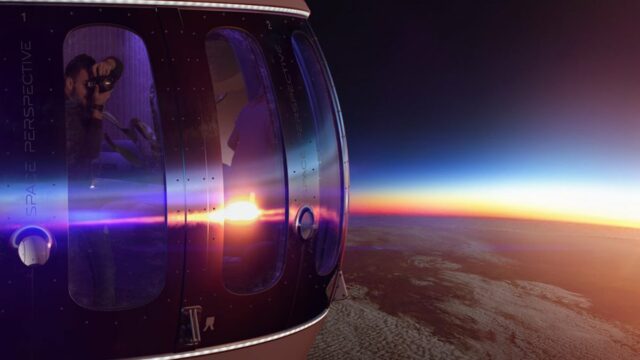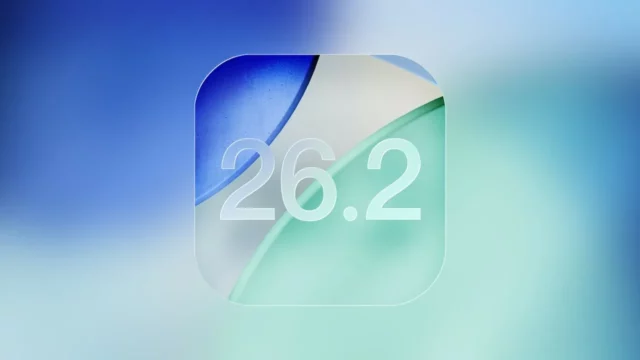Astronomers have detected a powerful radio signal that has been traveling through space for an astonishing 8 billion years. This signal, known as FRB 20220610A, consists of bursts of radio waves that last just milliseconds but pack an incredible punch. The energy released by this fast radio burst (FRB) is equivalent to what our sun generates in 30 years, compressed into a fleeting moment.
The source of FRB 20220610A remains unknown, adding to the ongoing mystery surrounding these extraordinary signals. Astronomers have yet to determine who—or what—could be responsible for sending them. What they do know is that this signal is one of the most distant ever recorded, making it a significant event in the field of astrophysics.
Signals may be used to create a map of universe’s structure
Astronomer Dr. Stuart Ryder, part of the research team from Macquarie University in Australia, said, “FRBs are common and hold great promise. We could use them to create a new map of the universe’s structure and answer big questions about cosmology.”
Researchers believe that signals like FRB 20220610A may be tied to magnetars, the remnants of exploded stars. These collapsed stars possess incredibly strong magnetic fields and could be the source of these energy bursts. However, the exact origins of fast radio bursts remain elusive, with no solid explanation as to why they occur or what triggers them.
Published in the journal Science, this latest research suggests that FRBs might provide astronomers with a unique tool to explore the “missing matter” in the universe. Current theories indicate that the visible matter we observe in space only accounts for a fraction of what should exist. Signals like FRB 20220610A could help astronomers unravel this mystery and piece together a more accurate understanding of the universe’s structure.
The discovery of FRB 20220610A highlights the ongoing intrigue surrounding these signals and their potential to reshape our understanding of the cosmos.














